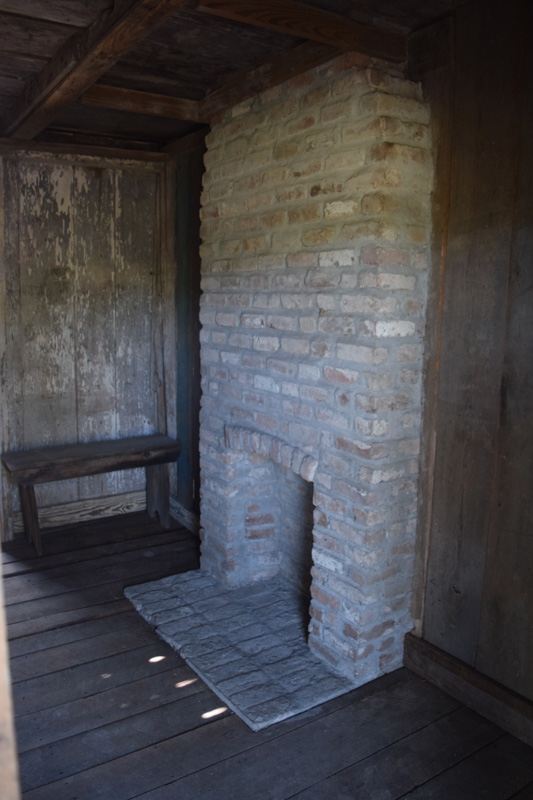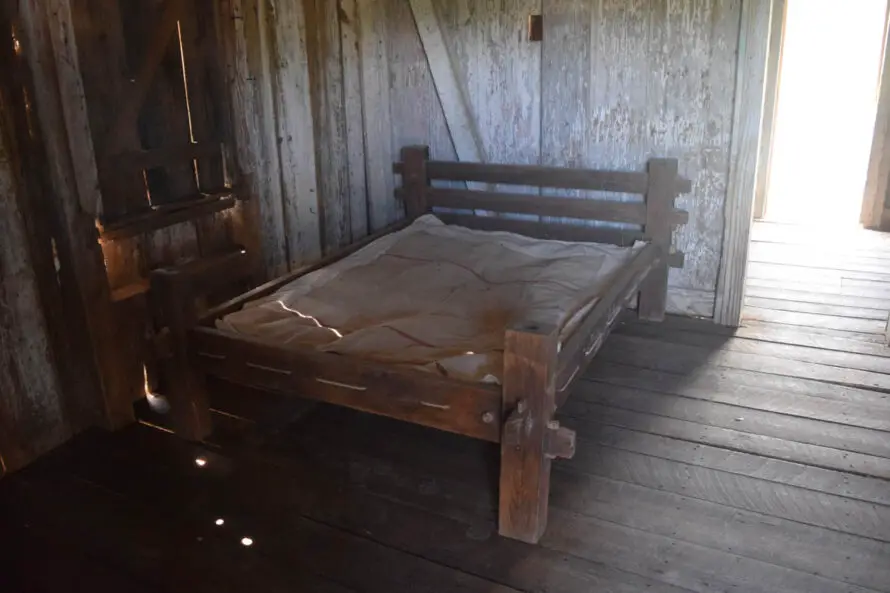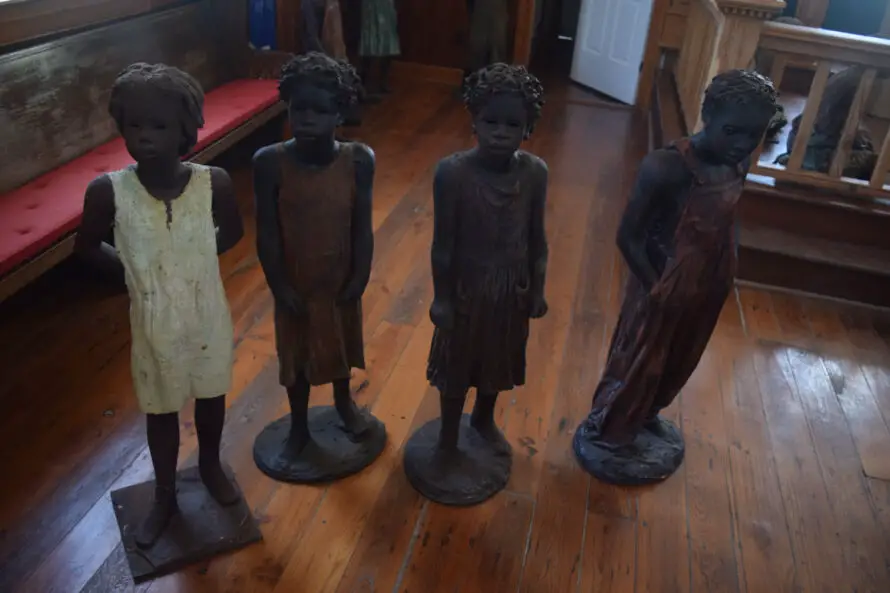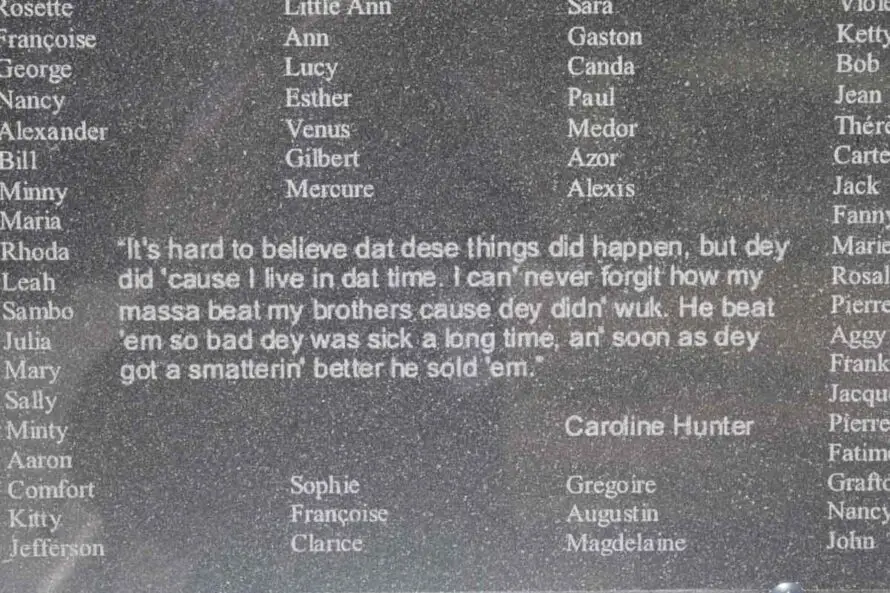Following our guide, the ten of us shuffled into the cramped cabin, leaving us barely enough room to breathe without bashing into each other. Sweat slowly dripped down my forehead into my eyes and I struggled to wipe it away, trying not to touch the person next to me.

Before our leader had a chance to speak, a young voice shouted out assuredly, “That’s the chimney Santa comes down!” Still adjusting from the bright sun, I jerked around to see who spoke, losing my balance in the process. My boyfriend caught me just before I fell into the lady next to me. Tightly grabbing my arm, he flicked his head in the direction of a little boy in the corner.

I could feel the whole group shifting, stuck to each other by the glue of the Louisiana heat. My eyes traveled from the boy’s self-satisfied smile up to his mother’s restrained stare. “Not this chimney, no.”

The little boy was right to make that assumption. Santa’s M.O. is sliding down each and every chimney on Christmas Eve. Why would this chimney, in the slaves’ cabins at the Whitney Plantation, be any different? I understood his disappointed frown when hearing his mother’s response.

My childhood love of the film, Gone With the Wind, made a trip to Louisiana impossible without stopping to see a few of the grand plantations. I thought it would be all hoop skirts, oak trees, and “y’all.” Led through the Field of Angels, the memorial dedicated to the two thousand Louisiana slave children who died before turning three years old, I immediately knew that any assumptions I had about ante-bellum South were quickly going to be dashed on the granite slabs in front of me.

No theme tune accompanied the stories our leader recounted of those Louisiana slave children and their parents. No long shots of each and every face of the more than thirty-nine children who died on this very plantation in forty short years. No close ups on their names engraved on the black stones I was stepping on to get to the Big House.

From there, we were herded back to the main entrance. The little boy released his mother’s hand, his attention diverted by the vending machine’s promise of a chocolate bar or potato chip. I remained gripping my boyfriend’s hand, unable to let go so quickly.
I owe a huge thank you to Joy Banner, Director of Marketing, for the Whitney Museum for reading this and giving her stamp of approval: “Wow, this is a wonderful piece. A great example of the dichotomy between the owners’ lives and the enslaved; and also the “Gone With the Wind” versus real life.”
NB: We were the guests of the New Orleans CVB and the Louisiana Office of Tourism.


We were just in New Orleans and missed the Plantation Tour so this was great to read, really made us feel like we where there!
Always a reason to go back! It was amazing and I highly recommend seeing all the plantations! Thanks. Susan